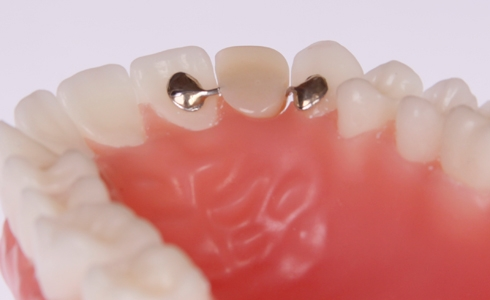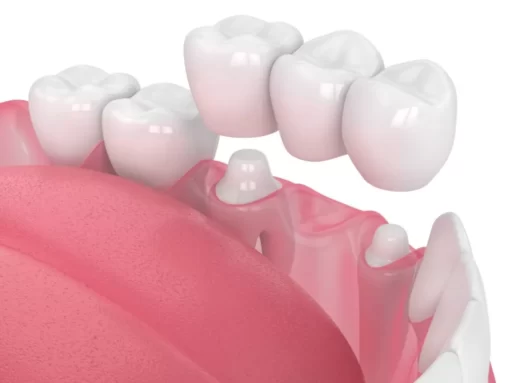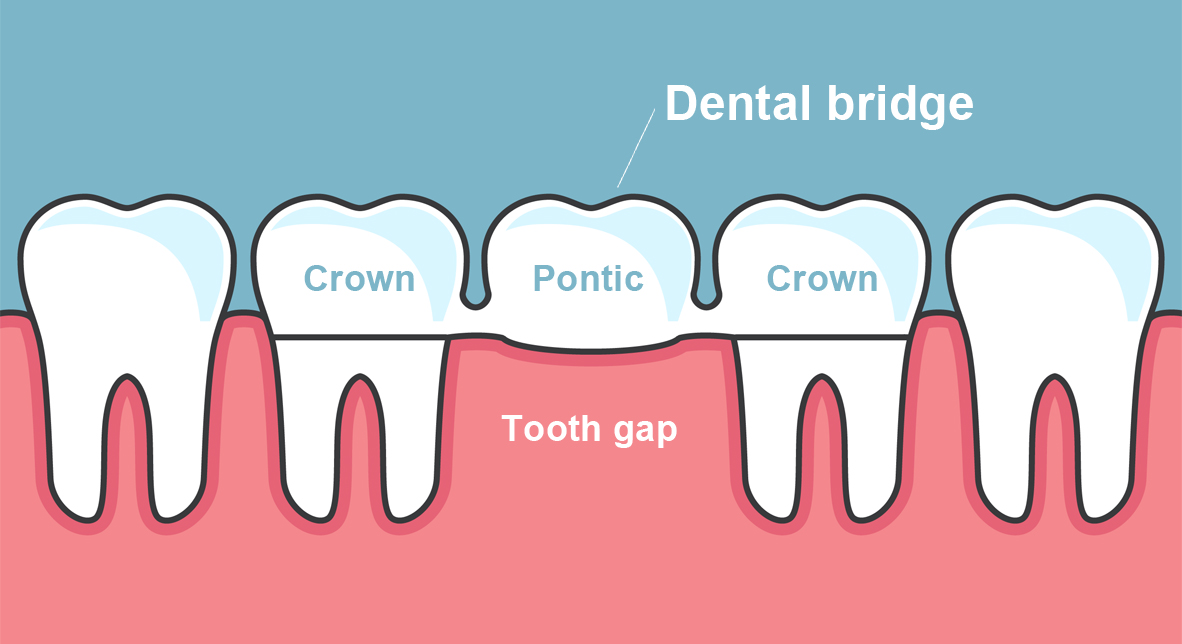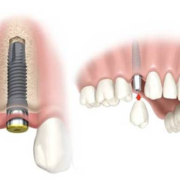Dental bridging is a procedure that can be used to prevent gaps from appearing when your teeth are missing. If you have lost one or more teeth, but do not want to get false teeth, dental bridging can be an excellent option. A bridge will help to connect the gap and give you a more complete smile once again. It is often recommended as an alternative to dentures in certain cases. However, as with any other medical procedure, dental bridges comes with its own set of risks and side effects. In this article, we will explain what dental bridging is, how it can be beneficial for your oral health. Finding a dentist who can assist you with this procedure is great.
What is dental bridging?
Bridging is a term used to describe a procedure where a tooth (or teeth) is used to connect a gap in your teeth. The bridge will be made from a metal alloy and cemented onto the teeth on either side of the gap. Dental bridges are used to replace one or more missing teeth. The teeth on either side of the gaps are prepared, by removing a small amount of enamel from the teeth to ensure that bridge fits comfortably. After the teeth are prepared, the rest of the bridging procedure will depend on the type of bridge you choose.

Benefits of Dental Bridging
- Prevent Gaps – Bridges help to prevent gaps from forming in between your teeth as you age. They are attached to the teeth on either side of the gap to keep the gap closed.
- Improve Oral Health – With dental bridging, you can prevent the bacteria in your mouth from spreading and causing damage to your overall health. It can also make brushing teeth and flossing your teeth easier and less time-consuming.
- Improve Your Smile – A gap between your teeth can affect how your smile looks, and it can also lead to more serious oral health issues such as infection and tooth decay. A bridge will cover the gap and improve your smile once again.
- Helps with Eating – If you have lost one or more teeth, eating certain food items can be difficult and uncomfortable. By replacing the missing teeth with a dental bridge, you can once again enjoy eating the foods that you love.
- Improve your Confidence – If you have lost one or more teeth and are finding it difficult to eat and speak confidently. Dental bridging can help to improve your confidence once again and make your smile more beautiful than before.
- Affordable Procedure – Dental bridging is an affordable procedure that can cost anywhere between $1000 and $3000. It is a cheaper option compared to dental implants, false teeth, and other restorative dental procedures.
How is dental bridging performed?
Before the bridging procedure is carried out, the dentist will need to assess your oral health and confirm whether bridging is the right procedure for you. They will also suggest different types of bridging that are suited to your current oral health and lifestyle. The bridging procedure itself can vary depending on which type of bridging you choose. Before the procedure, the dentist will numb your gums using a local anesthetic to reduce any pain and discomfort during the procedure.
- Traditional Bridging – Traditional bridging is the most common form of bridging. It is a procedure where a crown is attached to two teeth that are on either side of the gap.

- Resin-Bonded Bridging – Resin-bonded bridging is a procedure where a bridge is made from a plastic material and cemented onto your teeth.
- Ceramic Bridging – Ceramic bridging is a procedure where a bridge is made from a ceramic material and cemented onto your teeth.
- Self-Retaining Bridging – Self-retaining bridging is a procedure where the crowns on the teeth on either side of the gap are modified to be self-retaining.
Side effects of dental bridging
- Increased Gingival Bleeding – While bridging is a necessary procedure for many. It can cause bleeding around the gums and irritated gum tissue. This bleeding is normal, but it is important to brush your teeth twice a day and floss regularly to prevent the bleeding from becoming a bigger problem.
- Tooth and Gum Sensitivity – The teeth and gums around the bridging will likely become sensitive to hot and cold liquids. This sensitivity can be managed by rinsing your mouth with cold water after consuming a hot or warm drink and drinking water at room temperature.
- Difficulty when Brushing Your Teeth – While bridging is a beneficial procedure, it can make it more difficult to brush your teeth. Having a dental bridge means that you will have to be more careful with your brushing and flossing routine.
- Difficulty Eating Certain Foods – The bridging procedure can make it difficult to eat certain foods. If you struggle to eat certain types of food. It’s a good idea to consult your dentist to see if they are suitable for you to eat while you have the bridging procedure.
Conclusion
If you are missing teeth, dental bridging can be an excellent solution to restore your smile and improve your oral health. While it is a safe procedure. It can cause bleeding and make it more difficult to clean your teeth and eat certain foods. Bridging is a safe and affordable procedure that can be completed within a few weeks and will improve your confidence once again.The bridge procedure isn’t painful because a local anaesthetic is utilised. It is regularly unnecessary to take a pain-relieving for relief from discomfort after the treatment.






